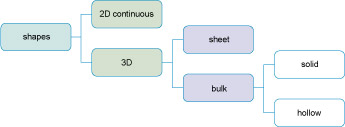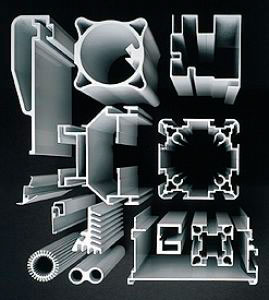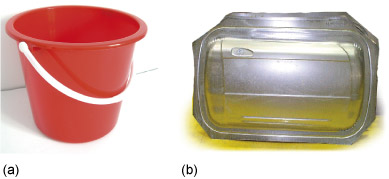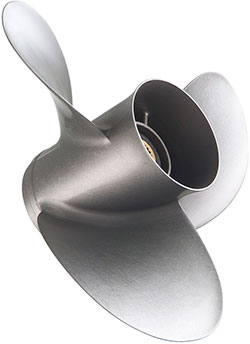4.2.3 Classifying shapes
Apart from being important in the physical performance of a component, its geometry – shape and size – is also a vital factor in choosing a manufacturing process. Some manufacturing methods are better suited to particular shapes and sizes than others. The shape of a product is usually the best place to start when deciding which processes are feasible. So we need a way to describe shape, although it does not need to be very sophisticated.
Figure 59 is a simple relationship diagram for the shape categories I am going to use.
2D (continuous)
If the profile of an object does not change along its length – like a pipe, electrical cable or aluminium cooking foil – then it can be classified as having a simple (continuous) shape. For convenience I am going to call these 2D (shorthand for two dimensional) shapes. Many 2D products are used as the raw material for processes that make them into three-dimensional (3D) shapes. PVC window frames for example are made from continuous extrudate (the product of the process of extrusion, Figure 60) which is cut into suitable lengths and then joined together by fusion welding. Nails are made from short lengths of wire in a couple of simple cutting and forming steps.
3D
Most objects have profiles that vary in all three axes. Many processes are suitable for the production of 3D shapes, so we need some further breakdown of this high-level classification. For various reasons it is best to split 3D shapes into two types, which I shall call sheet and bulk shapes.
Sheet products have an almost constant section thickness, which is small compared with their other dimensions, but without any major cavities. Buckets and car body panels (before assembly) are examples of 3D-sheet products (Figure 61). Although their overall shapes can be very complicated, you could imagine the same shape being made out of a sheet of material that is folded or draped, like origami paper shapes.
Many 3D products fall into the category of bulk shapes, and have complex forms, often with little symmetry. If they have no significant cavities in them we can call them solid (Figure 62) but if they do have cavities, they will be classed as hollow. The cavities in hollow objects can be quite simple but they can also be more complex, involving re-entrant angles (Figure 63). A re-entrant angle in a cavity means that at least one part of the cavity is larger than the opening into it. So if you cast such an object, you usually have to destroy the mould, or at least the part of it that creates these cavities. Making 3D-bulk-hollow shapes with re-entrant angles using a forming process is even more difficult.
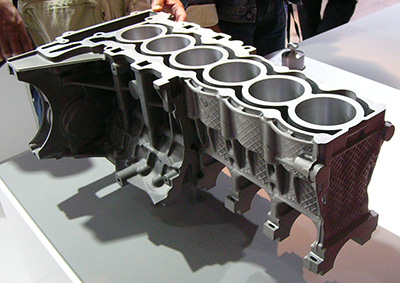
Shape is important because it provides a 'coarse filter' for choosing processes. It allows you, on the one hand, to rule out many unsuitable processes for manufacture of a given component and focus your attention on just those processes that could be used for the shape you are working with. On the other hand, it can show you immediately that you may need or want to take a more imaginative approach by, for instance, dividing one complex shape into several simpler ones that can be joined together later. Conversely, there may be potential to combine simple shapes into more complex ones to minimise the number of processing steps.
Activity 34 (self-assessment)
Consider the following list of components and objects and classify each according to the shape classification given in Figure 59:
- a.plastic tray used to hold the confectionery within a box of chocolates
- b.garden hose pipe
- c.open-ended spanner
- d.plastic (PET) lemonade bottle
- e.rail (from a railway track)
- f.flower pot.
Answer
- a.3D sheet
- b.2D continuous
- c.3D bulk solid
- d.3D bulk hollow
- e.2D continuous
- f.3D bulk hollow.
We'll next look at two different categories of process: that of joining and, since the early 2000s, a new technology that has the potential to disrupt fundamentally our entire approach to making things. This is 'additive manufacturing' which you might recognise under the title '3D printing'. It is not so much a process as a radically different way of going about creating individual objects.

